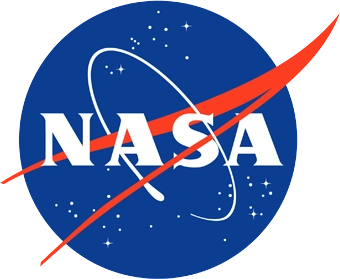Kyle Gwirtz is currently an Assistant Research Scientist in the Geodesy and Geophysics Lab (61A) under the GESTAR-II Cooperative Agreement with the University of Maryland, Baltimore County (UMBC). His primary research interests are in data assimilation and inverse problems, with a particular focus on applications to the Earth’s main magnetic field.
Kyle Gwirtz
(Assistant Research Scientist)
| Email: | kyle.gwirtz@nasa.gov |
| Org Code: | 61A |
| Address: |
NASA/GSFC Mail Code 61A.1 Greenbelt, MD 20771 |
| Employer: | UNIVERSITY OF MARYLAND BALTIMORE CO |
Brief Bio
Positions/Employment
Assistant Research Scientist
University of Maryland, Baltimore County - NASA GSFC
June 2024 - Present
NASA Postdoctoral Program Fellow (NPP)
Administered by ORAU - NASA GSFC
January 2022 - Present
Education
2021 - Ph.D., Earth Science, Scripps Institution of Oceanography
2019 - M.S., Applied Mathematics, University of Arizona
2012 - M.A., Mathematics, University of Kansas
2009 - B.S., Mathematics, University of Kansas
Selected Publications
Refereed
2024. "Impact of localization and inflation on geomagnetic data assimilation." Physics of the Earth and Planetary Interiors 355 107237 [10.1016/j.pepi.2024.107237] [Journal Article/Letter]
2024. "High‐Dimensional Covariance Estimation From a Small Number of Samples." Journal of Advances in Modeling Earth Systems 16 (9): [10.1029/2024ms004417] [Journal Article/Letter]
2022. "Can machine learning reveal precursors of reversals of the geomagnetic axial dipole field?." Geophysical Journal International 231 (1): 520-535 [10.1093/gji/ggac195] [Journal Article/Letter]
2021. "A testbed for geomagnetic data assimilation." Geophysical Journal International 227 (3): 2180-2203 [10.1093/gji/ggab327] [Journal Article/Letter]
2020. "Can one use Earth’s magnetic axial dipole field intensity to predict reversals?." Geophysical Journal International 225 (1): 277-297 [10.1093/gji/ggaa542] [Journal Article/Letter]
